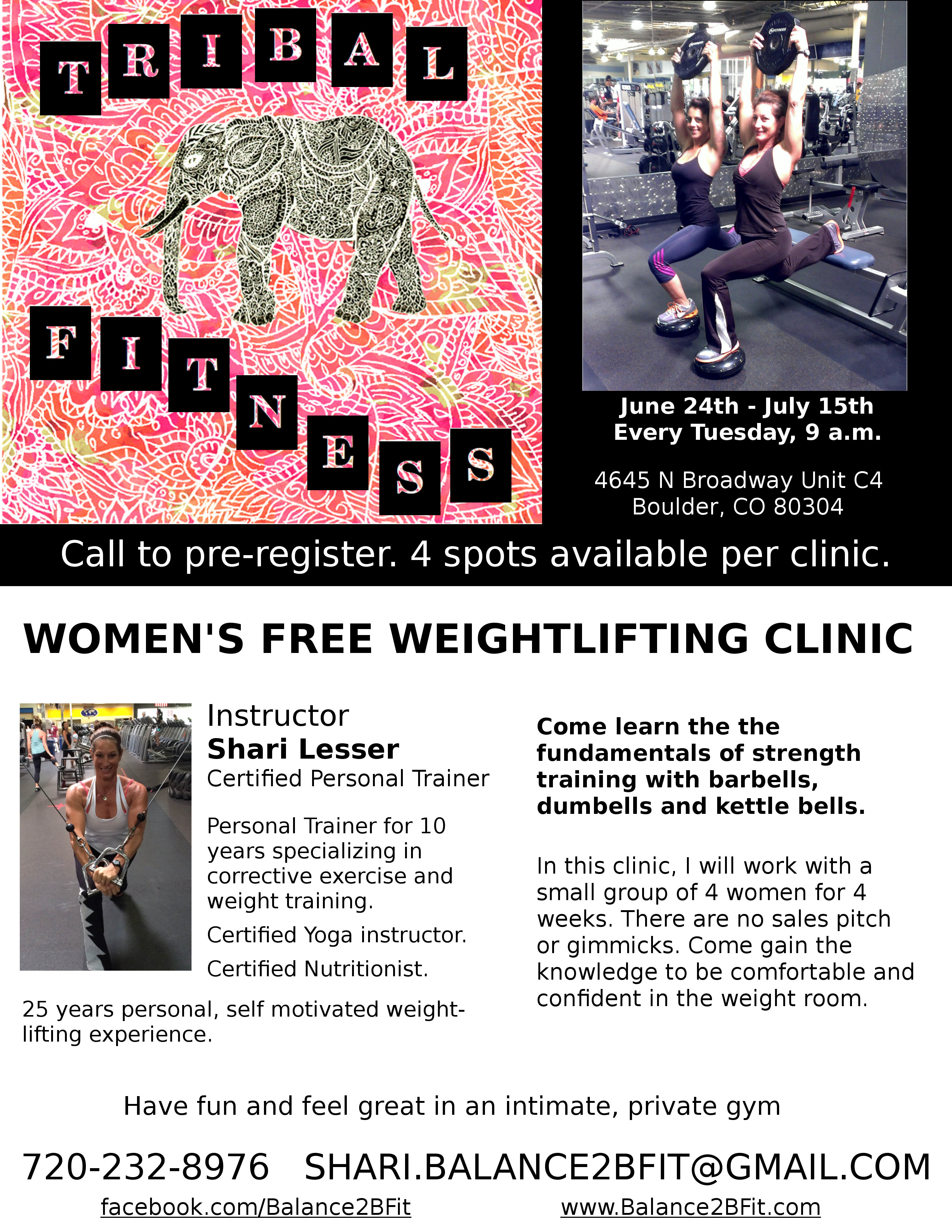New research reveals a surprising sleep saboteur. Our expert explains how to increase exposure so you can rest better.
Monday, December 1, 2014 | Lee Walker Helland
Wake before the sunrise, hoof it to the office, grind at your desk, hit the gym, head home for dinner, engage with gadgets until you fall asleep, and repeat. This is the rhythm of the modern urban professional, for whom seeing the (actual) light of day is a rarity.
In general: “Falling asleep depends on strength of your circadian rhythm,” says Alex Zimmerman, Senior National Tier 4 Manager, who’s been involved with some new sleep initiatives with Equinox clients. Probably the biggest driver of a healthy rhythm, Zimmerman says, is maintaining consistent bedtimes and wake times.
But it turns out that not getting enough light during the day can disrupt your hormone production, promote sleepiness and wakefulness at the wrong times, and throw your circadian rhythm out of whack, Zimmerman says.
We think of darkness as the only driver of sleep, but exposure to light, it turns out, plays a fairly crucial role in determining the time at which you’ll reliably drift off for the night. A recent study in the Journal of Clinical Sleep Medicine found that employees who work near windows get close to twice as much sunlight as those who spend their days without natural light—and enjoy 46 extra minutes of shuteye every night, too.
Taking in bright light early in the day sets off a chain of hormonal reactions resulting, finally, in a well-timed release of evening melatonin, the stuff that makes us feel sleepy. Failing to expose ourselves to bright light in the morning or limiting your light exposure to flickering fluorescent bulbs (if you wake up in a dark apartment, ride to work in an underground tunnel and slave under office lights all day, this is you) can mean delayed melatonin, tossing, turning and, cumulatively, a big old sleep deprivation problem and all the fun that comes with it.
Add that to your bad nighttime habit of staring into brightly-lit screens, Zimmerman says, and you’re telling melatonin “don’t come ever,” since light suppresses it fairly effectively.
What to do? Zimmerman recommends:
Focus on light. The brighter the rays you’re exposed to, the better they strengthen your circadian clock. To put things in perspective: The sun is strong to the tune of 40,000 lux; office lights put out a wimpy 500. Go outside and soak up the sun, preferably early in the day. If that solution doesn’t suit you, consider light therapy—some of the boxes on the market these days emit 10,000 lux, meaning you can get what you need in a half hour or less.
Stick to your regular sleep and wake times—even if you’re having trouble falling asleep, and even on the weekends. Yes, it’s tempting to sleep until 11am on Saturday and Sunday if you’re not falling asleep until 1am most nights, but try to resist the urge. “If you wake up at 7am weekdays, then aim for no later than 8am on weekends,” Zimmerman says. Sleeping in—even just two days a week—can further weaken your circadian rhythm and make it even harder for you to get to sleep at night.
Ditch the screens at night. We’ve all heard this advice, but still we don’t heed it. Solution: Just completely remove gadgets like phones, Tvs and tablets from your sleep space, so you won’t be tempted to stare at them and send your sleep-making melatonin into the dark night. Stop screen gazing an hour before bed; try deep breaths and stretching instead.
Those of you who live in Colorado have an advantage. The sun shines more here through out the year then any other state.
Keep smiling and training!
Shari




